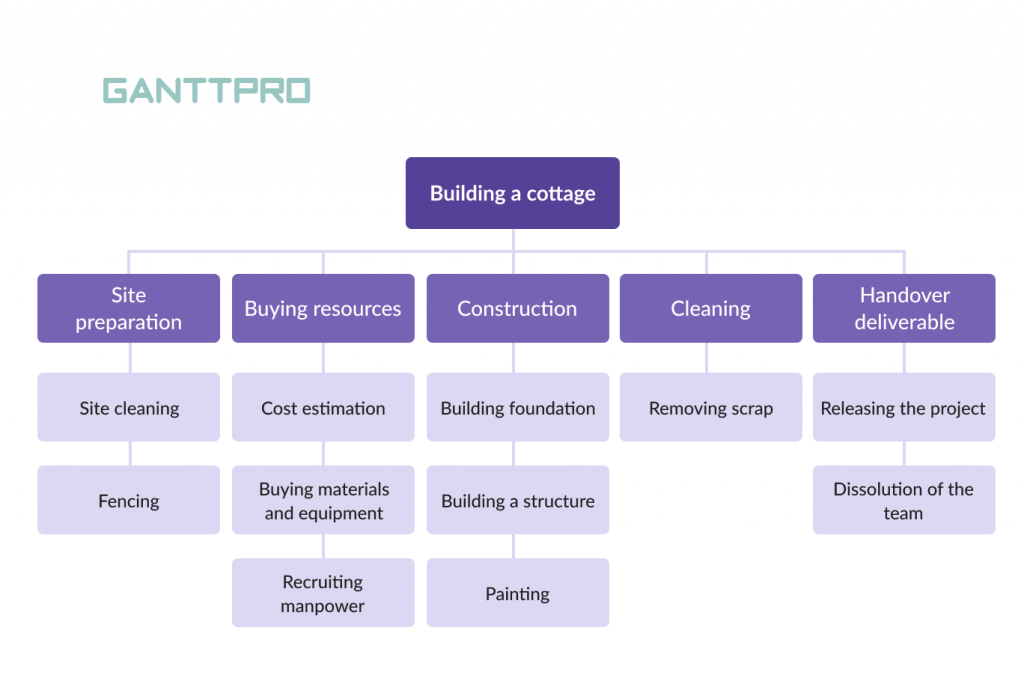Legal projects can be complex and require careful planning and organization to ensure their success. A Work Breakdown Structure (WBS) is essential for breaking down a legal project into smaller, more manageable components. By doing so, a WBS helps to identify the specific tasks and activities that need to be completed, assign responsibility for those tasks, and create a roadmap for the project.
This article will provide a step-by-step guide to creating a Work Breakdown Structure for legal projects. Following these steps ensures your legal project is organized, efficient, and successful.
Recommendation: Applying Behavioral Economics to Client Intake and Management
Step 1: Define the Project Scope
The first step in creating a WBS is to define the project scope. This involves identifying the project’s purpose, stakeholders, and desired outcomes. The project’s scope will determine the WBS’s overall structure and the specific tasks and activities that must be included.
Step 2: Identify Deliverables
The next step is to identify the deliverables of the project. These are the tangible or intangible products or services that will be produced as a result of the project. Deliverables may include legal documents, research reports, client memos, or other outputs. Identifying these deliverables will help to create a framework for the project and ensure that all necessary tasks and activities are included in the WBS.
Step 3: Break Down Deliverables into Sub-Deliverables
Once the deliverables have been identified, they should be broken down into sub-deliverables. These are smaller components that make up the overall deliverables. For example, a legal document may be broken down into sections, each with its requirements. Breaking down deliverables into sub-deliverables will help identify the specific tasks and activities that must be completed to achieve each sub-deliverable.

Step 4: Identify Tasks and Activities
With the sub-deliverables identified, the next step is identifying the tasks and activities needed to achieve them. This involves breaking down each sub-deliverable into specific tasks and activities that must be completed to achieve it. For example, tasks may include research, drafting, editing, and reviewing for a legal document section. Identifying tasks and activities will help to ensure that all necessary work is accounted for in the WBS.
Step 5: Assign Responsibility
Once the tasks and activities have been identified, they should be assigned to specific team members or stakeholders. This involves determining who will be responsible for completing each task or activity. Assigning responsibility will ensure that each task is completed efficiently and that there is no duplication of effort.
Step 6: Estimate Time and Resources
With the tasks and activities identified and assigned, the next step is to estimate the time and resources needed to complete each task. This involves estimating the time to complete each task and identifying the required resources, such as personnel, equipment, and materials. Estimating time and resources will help ensure the project is completed on time and within budget.
Step 7: Create a WBS Diagram
The final step is to create a WBS diagram. This visual representation of the WBS shows the hierarchy of deliverables, sub-deliverables, tasks, and activities. The WBS diagram clearly shows the relationships between each component and provides a roadmap for the project. It should also include the estimated time and resources needed for each task.
Recommendation: Navigating Global Markets as a Law Firm
Conclusion
Creating a Work Breakdown Structure for legal projects is an essential tool for project management. It helps to break down a complex project into smaller, more manageable components, identify specific tasks and activities, assign responsibility, estimate time and resources, and create a roadmap for the project. By following the step-by-step guide provided in this article.











